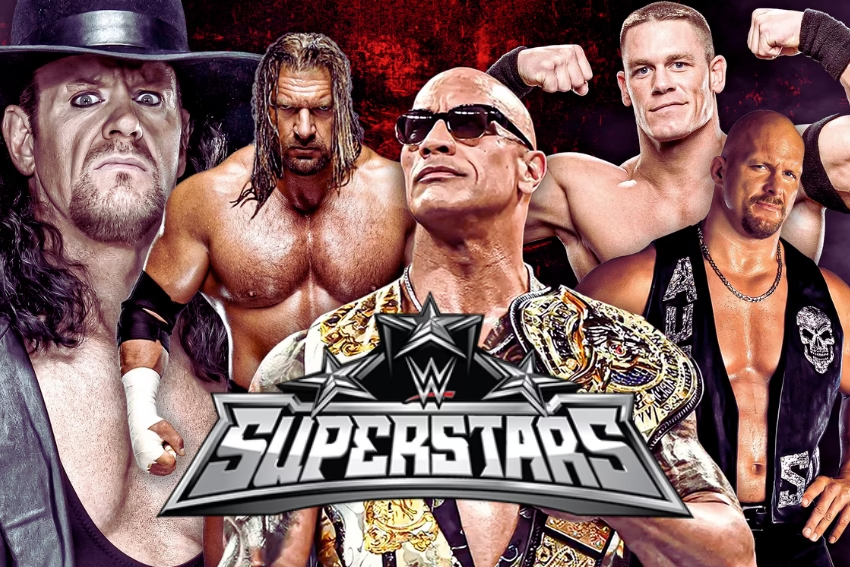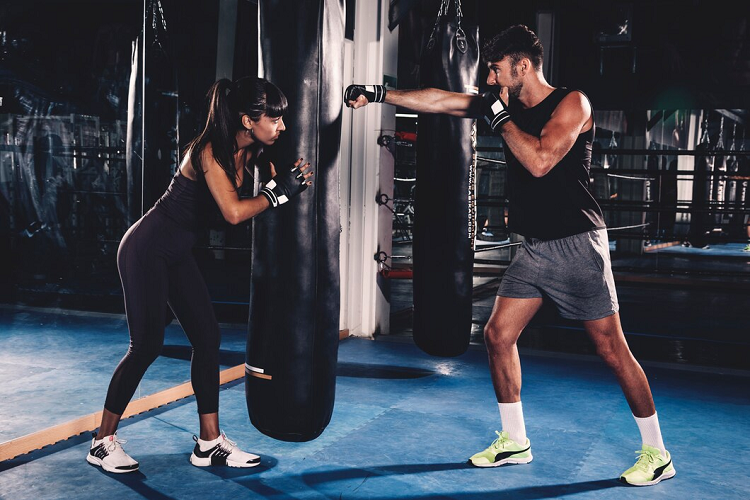Choosing the best wood baseball bat is an essential part of the game. Players who know the value of the performance and craftsmanship of wood bats are very concerned about the selection of bats. Everything has changed with time but some things always remain favourites and maintain their position the same as earlier.
Despite the fact the use of composite and aluminium bats also gains attention from the players. But in the world of baseball, wooden bats always remain the favorite of the players. There are several types of wood baseball bats with different characteristics used for making bats.
In this context, we dive into the realm of best-quality wood baseball bat. This discussion explores the top decisions for the players who value the masterfulness of the game.
What is Wood Baseball Bat?
A metal alloy, usually aluminium, or hardwood is used to make baseball bats. Ash is the most common wood used to make baseball bat; other woods include bamboo, hickory, and maple. Here, we will discuss the best baseball bats.
Since the first major league-approved model of a maple bat was introduced in 1997, maple bats have become more and more popular, while hickory bats have become less popular due to their heavier weight, which slows down bat speed. The label of each bat is placed over the side of the wood that is mechanically weaker by the manufacturer.
A bat is meant to be held with the label facing either the sky or the ground when it hits the ball during a horizontal swing to lessen the possibility of fracture and possibly impart more energy to the ball. The bat is thought to be stiffer and less prone to break when oriented in this way.
The wood of different kinds will fracture in unique ways. Labels for ash bats are typically found where the grain spacing is largest. They are typically placed where the grain is tight for maple bats.
Care and Maintenance of Wood Baseball Bat
To “bone” their bats—that is, to close the pores on the wood and harden the bat—many players repeatedly rub their bats with hard objects before games. Although rolling pins, soda bottles, and the edge of a porcelain sink have all been used as boning materials, animal bones are still the most common choice.
In his basement, Pete Rose soaked his bats in a tub of motor oil before hanging them up to dry. This was his method of hardening the wood.
These should not come as a huge surprise because we have alluded to them somewhat thus far. While aluminium bats have become the standard in lower division baseball, from Little League to college games, major league baseball still mandates that its players use wooden bats.
Types of Wood Baseball Bat
Maple: The Driving Force Performer
Maple Wood bats are becoming popular due to their excellent hardness and power among professional players. The thick grain structure of maple wood makes the bat solid, which provides a strong hitting experience for players.
The expanded thickness of the bat brings a more prominent hitting surface and better implementation. Maple bats are always on priority for players who have strong hitting power.
Ash: The Traditionalists Choice
Ashwood bats have made traditional history in the world of baseball. Due to their flexibility and lightweight, ash bats give a smooth feel to the players. The ash wood is famous for its flexible nature that makes a bat get harder over time during the absorption of balls hitting impact.
Ash is generally a softer textured wood than maple and makes a smooth swing. Due to their lightweight and flexibility, they remain a favorite among players who value the traditional qualities of the wood.
Birch: The Balanced Combination
Birchwood is a great combination of maple’s hardness and ash wood flexibility. Birch bats are suitable for power hitters because of the balanced nature of birch wood which provides a solid feel like maple as well as forgiveness and flexibility like ash.
This provides an option for players to choose birch bats that possess both strong and hitting abilities. Birch bats are mostly used by all-around hitters.
Hickory: The Interesting and Hard-hitting Decision
Hickory bats are considered the best baseball bats. They are the heaviest and hardest wood bats among the wood-bats species. The first baseball bats were made out of hickory.
Hickory wood provides hardness and high velocity. These bats are very hard and don’t break easily. They have no flexibility. These bats are suitable for traditionalists who have high-league experience.
Composite Wood: The Technological Blend
Although composite wood isn’t actual lumber straight from a tree, it is at least partially composed of wood fibers, such as veneers, scraps, or sawdust. To give it extra qualities that wood by itself couldn’t, it’s combined with a variety of additional substances and additives.
Due to its strength and low maintenance requirements, composite decking is highly praised by homeowners. Compared to real wood, capped composite boards, such as TimberTech CompositeTM, are less prone to fading and water damage.
You can also save time, money, and labor by not having to do yearly sealer and waterproofing.
Hawthorn: Hard and Durable
Hawthorn is used to help lower high blood pressure and cholesterol, as well as to help prevent heart disease. Hawthorn is thought to improve circulation, decrease blood pressure, and increase coronary artery blood flow based on research conducted on both humans and animals.
Additionally, it has been applied topically to treat skin sores and boils. The wood has a soft pinkish color and is extremely dense, tough, finely grained, and hard.
Following the parliamentary enclosures, hawthorn, also known as quickthorn, was the most often used species for hedging in the eighteenth and nineteenth centuries. A great wood for turnery because it’s sturdy and hard.
Cherry: An Aesthetic Appeal
The wood is straight-grain, with a fine, consistent, satiny, and smooth texture. Tiny gum pockets and brown pith flecks may be naturally present.
Cherry makes an excellent, smooth finish when sanded and stained. It is also easy to machine, nails and glues well. Because of its superior quality, cherry is a fine, straight-grain hardwood that has long been used by traditional carpenters and woodworkers.
It offers exceptional strength, a fairly hard texture, and good shock resistance. Cherrywood is renowned not only for its strength but also for its exquisite beauty.
The Benefits of Using Wood Bats Compared to Aluminum Bats
Aluminium bats simplify the hitting process. A hitter doesn’t fully comprehend their swing until they utilize a wood bat. Players can swing at all kinds of bad pitches, take their time reacting, or get jammed without worrying about damaging their aluminium bat because it doesn’t break.
Achievement
There are stricter rules governing the overall performance of aluminium bats. The technology of aluminium bats has changed due to BBCOR (bat-ball coefficient of restitution) bat regulations, but the authentic feeling of hitting is still lost. While some could contend that a BBCOR’s velocity is the same as wood’s, there are still other unique qualities that apply.
Nothing compares to a wood bat for both trajectory and distance when a player masters it. Consistent batting practice, hitting instruction, and actual game at-bats (ABs) all have positive effects on performance.
The feedback that most composite and metal bats provide is insufficient to improve your hitting. Cheap shots and getting away with poor technique don’t contribute to the development of the discipline required to maximize power. They start acting as a deterrent.
Cost-effectiveness
The average cost of an aluminium or composite bat is three to four times that of a high-quality wood bat. Every year, many players replace their aluminium and composite bats, which can cost anywhere from $300 to $500. Wood bats are not only more affordable initially, but they can also result in significant cost savings over time if properly maintained.
Experience the Sweet Spot
You will become proficient at hitting the sweet spot and discover it when working with wood. Compared to using a metal bat, you will be able to distinguish between a good hit and a bad hit much more easily.
Discover the Better Side of Bravery
If you swing at enough bad pitches, you might end up paying for it. This can serve as an excellent incentive to ignore the poor pitches and give the good ones a chance.
Be Well, Be Better
Using wood bats will help you develop, hone, and refine your skills. This is the way to get an advantage whether you’re playing OTL softball, playing baseball with your coworkers or company, or just hanging out in the park with friends.
Career Goals
Why wait? Hitting with wood is a must for baseball players hoping to compete at the highest levels. To ensure that you’re ready when the time comes, start early, choose the model or models that are best for you, and become comfortable. Scouts won’t notice or give a damn about how far you can hit with metal, after all.
Suggestions for Batters
What then do we, as unbiased advisors, suggest? Just kidding. But really, we have a couple of suggestions.
Obtain Guidance
You must consistently hit the sweet spot if you want to improve your hitting and extend the life of your bat. Don’t give up if you start to feel frustrated. This experience has already been had by others. Make use of your coaches or any other willing instructor. It will be very profitable.
Get Going Early
Children pick things up quickly. The faster you are, the younger. Thus, the sooner they begin using wood bats, the better. One day, you might receive your very own mansion as a thank you.
We have an extensive assortment of youth wood bats called Mix It Up if this piques your interest. Metal for Games, Wood for Practice.
We advise using metal bats for games and wood bats for practice if you don’t really need a wood bat but still want to benefit from it.
The Composition of Metal
If metal hits harder, why would anyone choose wood? Because metal hits with more force.
The benefits of the metal bat were matched by its drawbacks. And looking back, it’s not all that shocking. The bat is essentially the focal point of the activity. It was inevitable that altering something as basic as the bat would cause issues. To name a few that surfaced:
Hazardous Fielding Situations
The ball’s increased speed posed a risk to the way it was fielded. It became much harder to catch the ball and more risky to get in front of it, increasing the possibility of injury. This prompted several leagues to completely outlaw metal bats, especially for players in high school and beyond.
Player Advancement
Any hit could be a good hit because metal bats hit well off of the whole bat, not just the sweet spot. This had implications for the game’s intrinsic difficulty as well as for the growth of the player as a whole.
Record-Keeping
In addition to dealing with fastballs that reached speeds of over 100 mph, professional athletes also had to deal with the challenge of managing the creation of records. The comparisons would be biased if current players set records using metal and historical greats used wood to set their records. Wood has remained the go-to weapon to preserve the accuracy of the data and the legacies of previous players.
Conclusion
Choosing the right wood baseball bat for the game is crucial. Bat selection is very important to players who understand the value of wood bats’ performance and craftsmanship. While everything has changed over time, some things never go out of style and hold their previous positions.
Even so, players are becoming more aware of the usage of aluminium and composite bats. But in the world of baseball, players’ favorite bats are still wooden ones. To make wood bats, a variety of wood species with distinct properties are utilized.
We delve into the world of top-notch wooden bats in this context. This conversation examines the best choices for gamers who place a high value on game mastery.






